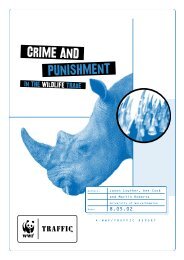In full swing: assessment of trade in orang-utans and ... - WWF UK
In full swing: assessment of trade in orang-utans and ... - WWF UK
In full swing: assessment of trade in orang-utans and ... - WWF UK
You also want an ePaper? Increase the reach of your titles
YUMPU automatically turns print PDFs into web optimized ePapers that Google loves.
Figure 2.<br />
Encounter rates with gibbons (Hylobates spp.), Siamangs (S. syndactylus) <strong>and</strong> <strong>orang</strong>-<strong>utans</strong> (Pongo spp.) at<br />
Javan <strong>and</strong> Bal<strong>in</strong>ese bird markets. Encounter rates are expressed as number <strong>of</strong> <strong>in</strong>dividuals encountered per 12<br />
months <strong>of</strong> survey effort (this was the m<strong>in</strong>imal survey effort for the isl<strong>and</strong> <strong>of</strong> Bali: see explanation <strong>in</strong> Methodology<br />
for Analysis chapter <strong>and</strong> Annex 1).<br />
The distance from the species' distribution range to the bird markets showed a strong <strong>in</strong>verse correlation with the<br />
number <strong>of</strong> <strong>in</strong>dividuals encountered at bird markets. As shown <strong>in</strong> Figure 3, those species that occur at relatively large<br />
distances from Java (e.g., Kloss' Gibbon, White-h<strong>and</strong>ed Gibbon <strong>and</strong> Sumatran Orang-utan from western <strong>and</strong> northern<br />
Sumatra) show up <strong>in</strong> relatively small numbers, whereas those that occur either on Java (Javan Gibbon) or <strong>in</strong> southern<br />
Sumatra (Agile Gibbon <strong>and</strong> Siamang) are encountered more frequently. This relationship can be seen <strong>in</strong> all three Javan<br />
prov<strong>in</strong>ces, with, for <strong>in</strong>stance, Javan Gibbons, a species that only occurs <strong>in</strong> West <strong>and</strong> Central Java, be<strong>in</strong>g less frequently<br />
encountered <strong>in</strong> East Java <strong>and</strong> similarly, Sumatran species becom<strong>in</strong>g less frequently <strong>trade</strong>d <strong>in</strong> East Java, replaced by an<br />
<strong>in</strong>creas<strong>in</strong>g number <strong>of</strong> Bornean ones.<br />
Figure 3.<br />
Relationship between the number <strong>of</strong> <strong>in</strong>dividuals <strong>of</strong> seven species <strong>of</strong> gibbon <strong>and</strong> two species <strong>of</strong> <strong>orang</strong>-utan encountered<br />
at bird markets <strong>in</strong> Java <strong>and</strong> Bali <strong>and</strong> the distance from these markets to the nearest part <strong>of</strong> the species' distribution<br />
range. Gibbons that were not identified to the species level were <strong>in</strong>cluded among the other species<br />
accord<strong>in</strong>g to relative abundance <strong>in</strong> each <strong>of</strong> the prov<strong>in</strong>ces. The relationship is best described as an exponential one,<br />
expla<strong>in</strong><strong>in</strong>g 38% <strong>of</strong> the observed variation. When Bali (where few gibbons or <strong>orang</strong>-<strong>utans</strong> were encountered) is<br />
excluded from the analysis, this relationship holds.<br />
IN FULL SWING:ASSESSMENT OF TRADE IN ORANGUTANS AND GIBBONS ON JAVA AND BALI,INDONESIA 18


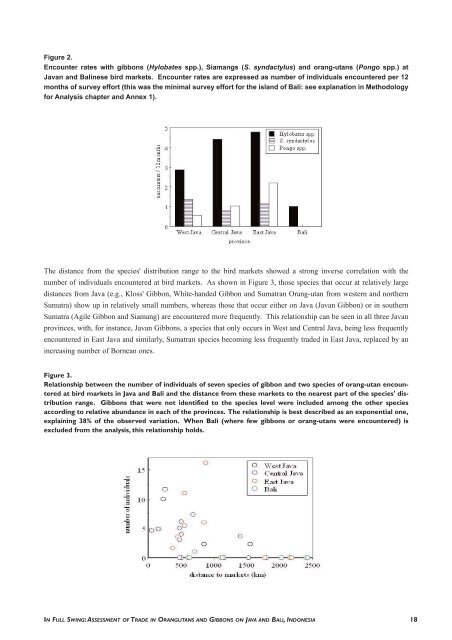
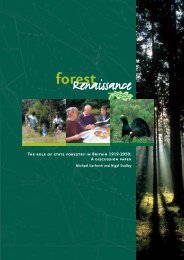
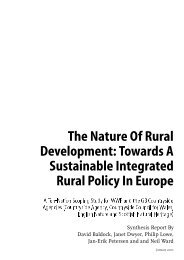
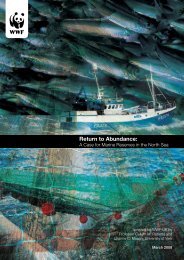

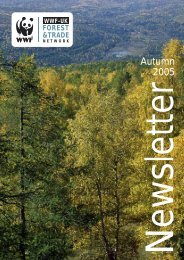

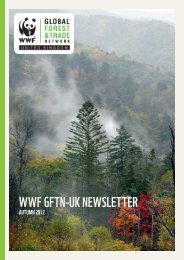
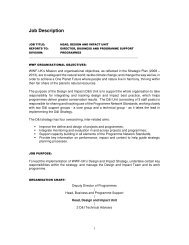
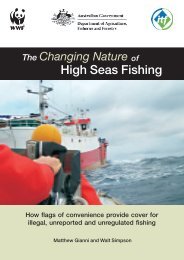
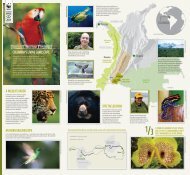
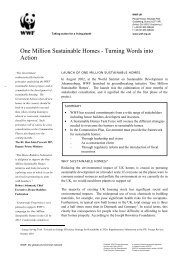
![[PDF] Causes for concern: chemicals and wildlife - WWF UK](https://img.yumpu.com/31929970/1/184x260/pdf-causes-for-concern-chemicals-and-wildlife-wwf-uk.jpg?quality=85)
